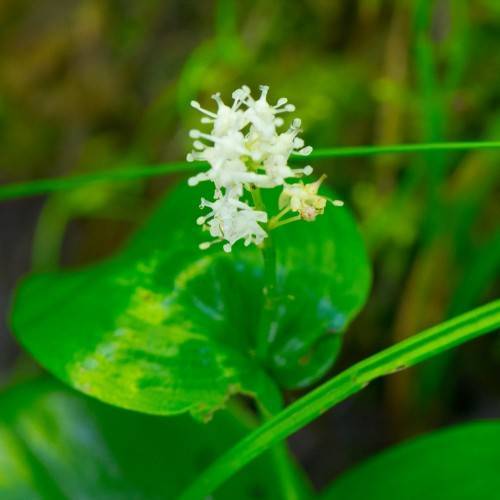
Canada Mayflower
Maianthemum canadense
Cycle:
Perennial
Watering:
Average
Hardiness Zone:
Sun:
Partial sun Shade
Soil:
Sandy,Loamy,Humus,Rocky
Leaf:
Yes
Growth Rate:
Low
Drought Tolerant:
Yes
Salt Tolerant:
Yes
Care Level:
Medium
watering
Canada Mayflower prefers moist, well-draining soil. Water this plant on a weekly basis, or whenever the top inch of soil feels dry. Aim to moisten the soil, not drench it. Too much water can lead to root rot. During the hot summer months, water more frequently, increasing to twice a week if needed. In the winter, water less, allowing the top inch or 2 of soil to dry out between waterings.
sunlight
Canada Mayflower prefers partial shade and will thrive in light shade with some dappled sunlight throughout the day. In May when it blooms, it should receive a few hours of early morning or late afternoon sunlight. However, aim to avoid direct midday sun exposure as this could burn the plant. In the summer, it should typically receive 4 to 6 hours of dappled sunlight per day in order to stay healthy and vigorous. This species is very sensitive to prolonged sun exposure and can get sunburned or become dehydrated very quickly at midday.
pruning
Canada Mayflower requires minimal pruning, if any. This low-maintenance plant should only be pruned as needed, typically in the late fall or winter. Cut off any dry, dead stems when pruning. Also remove any broken or browning parts that are diseased or damaged for the health of the plant. A light trim of the foliage is suggested in the early spring to help promote healthy new growth and it usually doesn't require any more pruning after that. Avoid pruning too heavily as this could damage the delicate plant.
